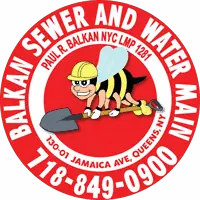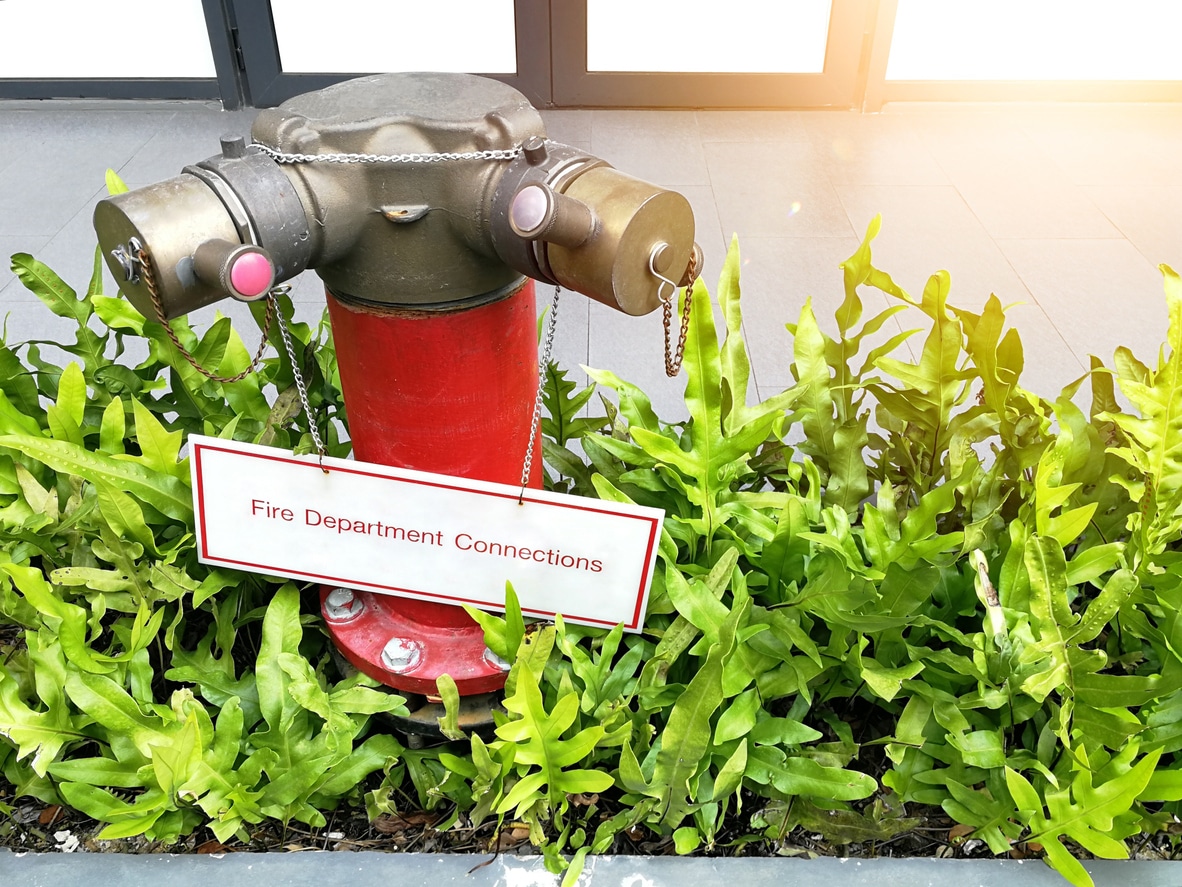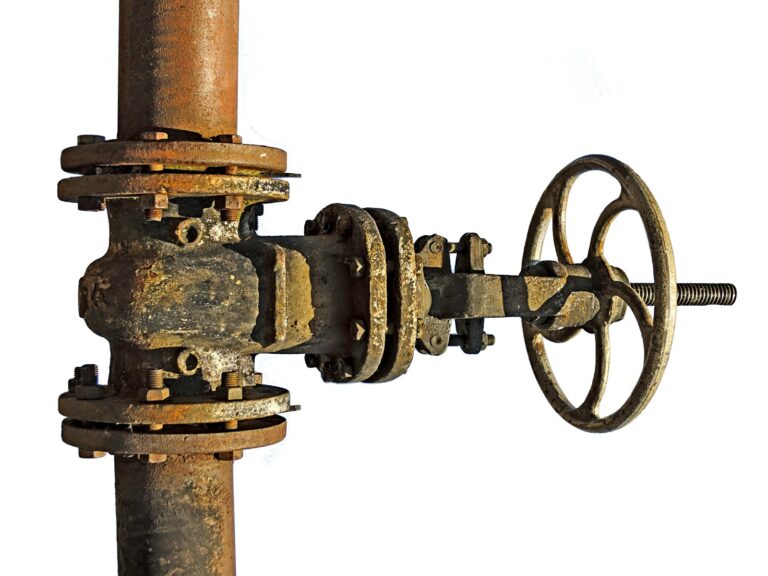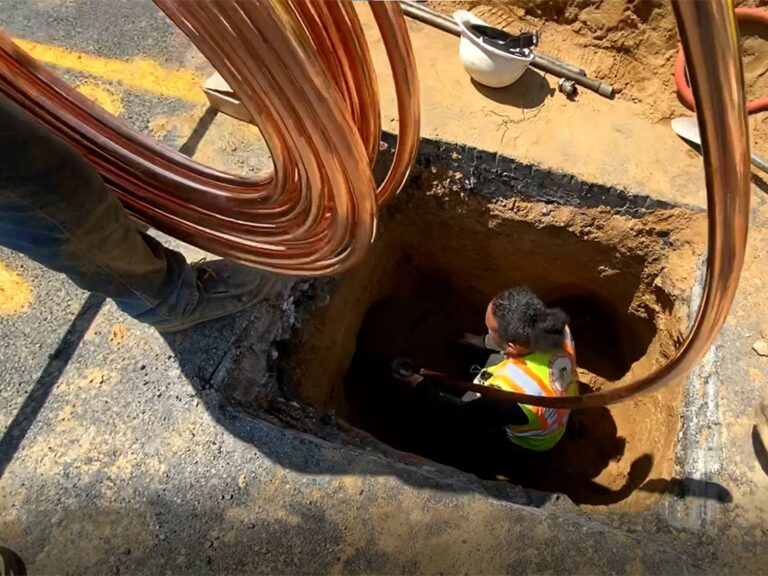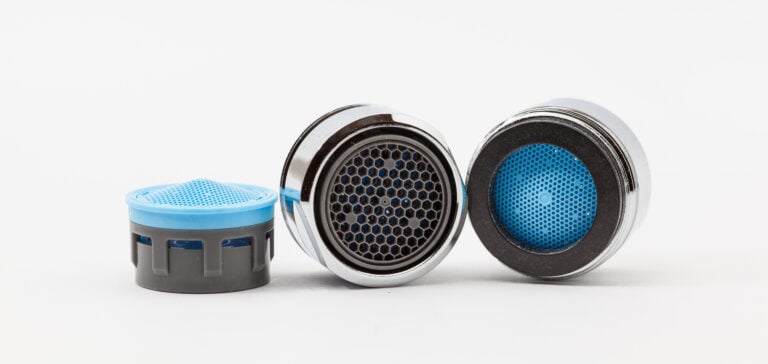It can be disastrous to have a fire protection system that can run out of water. That’s why most buildings have a Siamese connection also called a Fire Department Connection (fdc siamese connection). Read on to learn how this protects lives and properties.
Whether you’re a commercial or residential homeowner, it’s important to learn about fire protection inside buildings and plan long before you have a fire emergency. How do Siamese connections function, who uses them, who inspects them, and how helpful are they? In this 6-point article, we’ll provide you with a detailed explanation of everything you need to know about them, and when you should install them.
When Were Siamese Connections First Used?
According to the New York Times, Siamese connections gained traction for the first time in the 1870s. It gained attention when it made headlines after a fire claimed two lives and injured 100 people at the former Deutsche Bank in Manhattan in 2007. The contractor cut off the standpipe connections, which forced the firefighters to carry the hoses up the building stairs. The process of carrying the hoses up the building is tiresome and dangerous. This is when the use of Siamese connections started.
How Does it Function?
The Siamese connection comprises an inlet body, a check valve, and a pipe connection to a sprinkler system. The Siamese twins inspired the design of the Siamese connection. Hence the Y-shaped design with two inlets that connect the two hoses. The two inlets help the firefighters to attach the two hoses. These direct the water to refill the fire sprinkler system or the standpipe system.
Most of them are commonly available in 2 1/2-inch sizes, but they’re also available in up to 5 inches. They’re very popular in fire breakouts and firefighting emissions and can either have a double or single clapper. This helps direct water flow into the sprinkler system and the standpipe system.
The double clapper can be relatively more costly than the single clapper. However, the double clapper tends to be steady by providing enough control of the water through the two connection inlets. The single clapper, on the other hand, lets one inlet shut while the water is channeled into one inlet because of water pressure. Connecting two hoses will help distribute water pressure equally in both inlets.

The two Siamese connection inlets thread to ease the process of connecting the hoses. It’s advisable to keep the equipment closed when not in use to prevent dirt accumulation over time. The accumulation of dirt in the inlets can cause clogging of the inlets, which may render them useless. Consider asking a nearby engineer to help you ensure that the inlets are shut.
The connection also includes threaded brass rings with breakable plugs and cups, which are used to connect the hoses. These components function by closing the inlets to protect them against the entry of dirt.
Where are They Located?
The Siamese connections are usually installed outside the building that they’re supposed to protect. However, some connections are installed apart from the building structure and are referred to as sidewalks or free-standing Siamese connections.
The NFPA 13 R is a residential sprinkler design standard. It suggests that the Siamese connections or the fire department connections should be placed on the street, beside the facility or building. Some states or local jurisdictions, however, go further to require their residents to install a Siamese connection on the address side of the building.
Who Uses Siamese Connections?
Whether you’re a commercial or residential homeowner, everyone needs a Siamese connection to aid with fire breakout emergencies. If you own a larger building, you’ve probably installed standpipes to provide the building with enough water to cater to fire emergencies. However, with taller buildings, the water pressure tends to drop as you go up the building. The water, therefore, becomes insufficient to extinguish huge fires. That’s why it’s of great importance to install Siamese connections.
Who Inspects the Siamese Connection?
Just like any other plumbing device that helps protect your safety and that of your property, the Siamese connection also requires testing and maintenance, hence the inspection. The NFPA 13 suggests that the pipes connected to the Siamese connection’s exterior and their valves should be periodically checked (quarterly inspections done) and the system balance tested.
The testing of the Siamese connection system is crucial. For the quarterly inspections, you should seek help from a professional licensed plumber with the right knowledge and skills.

An important part of a Siamese connection for fire protection being code-compliant is proper signage. In case of a fire, the required signs contain vital information that can instruct and direct firefighters. This even includes the location of where the sidewalk curb valve that controls the service main.
How Helpful are Siamese Connections?
Fire sprinklers and standpipe systems need an adequate water supply when it comes to raging fire outbreaks in buildings. In cases of insufficient or unreliable water supply in the building, the Siamese connection or the fire department connection acts as a rescue inlet. This is where the fire department supplies supplemental water to the existing fire protection system.
When the fire sprinkler system is activated, the connection helps the firefighters connect the hose lines. This helps them to supplement the domestic water supply of the fire sprinkler system. Installing the Siamese connection eases the process of extinguishing fire emergencies in large and tall buildings instead of directing the hoses up the building. This can be quite tiresome and dangerous. In addition, the connection allows the firefighters to easily recharge the fire suppression system.
How Our Team Can Help
We recommend installing a Siamese connection to secure your property. This will also ease the firefighters’ work as they help to manage fire outbreaks.
Various plumbing devices help protect your safety and your property. A Siamese connection is one of the devices you can’t afford to miss as a commercial or residential homeowner in NYC. All Siamese connections are cost-effective and designed for longevity. These will provide you with optimal reliability and save you from maintenance costs. While many plumbers specialize in fire protection systems, Balkan is a specialist in the service lines that feed these systems.
If you’re a NYC property owner looking to install a fire service service main or upgrade an existing fire main, don’t hesitate to contact Team Balkan. We specialize in all sorts of water service mains. Remember that the vital component of virtually any fire protection system is the fire main that connects your building to the main water supply in the street.
